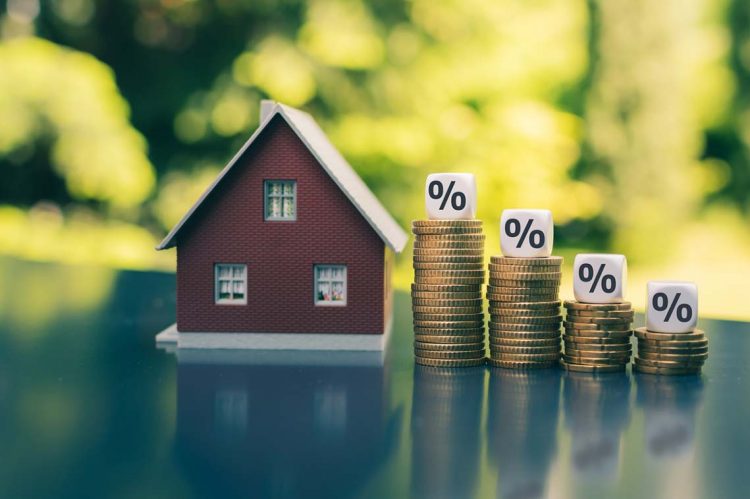The 30-year fixed-rate mortgage (FRM) averaged 3.89% this week, according to Freddie Mac’s most recent Primary Mortgage Market Survey (PMMS) released Thursday.
Key findings:
- 30-year fixed-rate mortgage averaged 3.89% with an average 0.8 point for the week ending February 24, 2022, down from last week when it averaged 3.9%. A year ago at this time, the 30-year FRM averaged 2.9%.
- 15-year fixed-rate mortgage averaged 3.14% with an average 0.7 point, down slightly from last week when it averaged 3.15%. A year ago at this time, the 15-year FRM averaged 2.34%.
- 5-year Treasury-indexed hybrid adjustable-rate mortgage (ARM) averaged 2.98% with an average 0.3 point, unchanged from last week. A year ago at this time, the 5-year ARM averaged 2.99%.
The takeaway:
“Even with this week’s decline, mortgage rates have increased more than a full percent over the last six months,” said Sam Khater, Freddie Mac’s chief economist. “Overall economic growth remains strong, but rising inflation is already impacting consumer sentiment, which has markedly declined in recent months. As we enter the spring homebuying season with higher mortgage rates and continued low inventory, we expect home price growth to remain firm before cooling off later this year.”
Realtor.com® chief economist, Danielle Hale, commented: “The Freddie Mac fixed rate for a 30-year loan dipped this week, as geopolitical uncertainty weakened rates on 10-year Treasuries. The rate for a 30-year loan registered 3.89%, down 3 basis points from last week’s high. As the world reacts to developments in Ukraine, the uncertainty will likely mean a pause in the recent pace of increases.
“Still, mortgage rates remain 84 basis points higher than just 9 weeks ago as expectations for economic growth, inflation and monetary policy have gone through a major reset. There have been just 2 similar moves in recent history–immediately following the 2016 election, when rates jumped 85 basis points in 10 weeks, and during the 2013 ‘taper tantrum,’ when rates surged 116 basis points in 11 weeks. In both cases, home sales momentum slowed in the following year due to the impact on affordability, since rising rates mean higher homeownership costs even if home prices are unchanged. This is especially true for those putting a smaller amount down.”
Hale continued: “Rising costs have households looking to make a 2022 move stuck between a proverbial rock and a hard place as both rental and listing prices continue to march higher. For those planning on a shorter-term stay, renting can be the better choice even if, as our data shows is the case in 26 of the 50 largest markets, the monthly cost of owning a starter home is lower than renting one. Meanwhile, recent homebuyers who don’t plan on moving anytime soon are likely breathing a collective sigh of relief, since the lion’s share of their monthly payments are fixed. This is something to consider for renters whose renting and buying costs are close to break-even, especially if they hope to live in their next home for several years. In order to navigate this year’s housing market—whether renting or buying—making a list of must-haves vs. nice to haves can help focus the search on priority characteristics and enable quick, confident decisions.”












